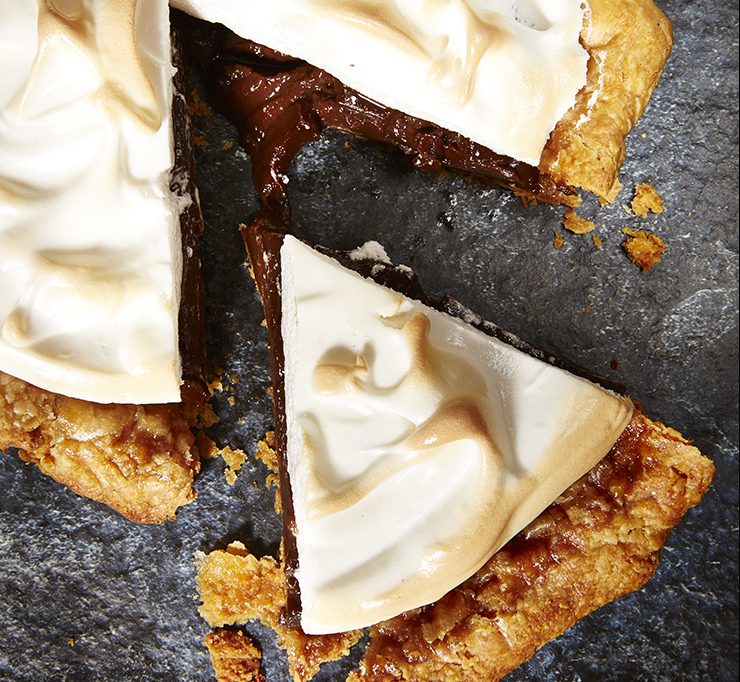High-tech chocolate pie

Chaney’s Dairy Barn makes the most of all its Jersey milk
Chaney’s Dairy Barn is a south central Kentucky tradition, famous to western Kentuckians and known to tourists who visit from as far away as New Zealand and China. Carl Chaney estimates the barn gets 350,000 visitors a year. They come for family “moovies” on weekend nights during the summer, bring their baseball team for ice cream or view the cows being milked by robots.

Carl and Debra Chaney’s children—Elizabeth, Jessica and James—helped design and build a milk processing room, the newest addition to the dairy barn. It enables the dairy to process all of the milk produced by the Jersey herd, rather than sell it to another buyer. They can then sell the milk, cream and other dairy products at their farm store and elsewhere.
Before the processing equipment was purchased, Debra was cautious about unpasteurized milk straight from the cow for safety reasons. But she didn’t mind using it to make her mother’s chocolate pie recipe, which has a cooked filling. “I don’t make them often, but when I do, I make them with Jersey milk,” she says. Jersey milk tastes richer than commercial milk.
And when she does make pie, she cooks two or three at once. “That gives us the opportunity to eat one quickly and then have a spare in the refrigerator,” she says.
Cooking tips
- Cream-based pies require pre-cooked crusts. For best results when pre-baking, line the crust with parchment or foil and then fill the crust with at least a pound of beans or rice, pressing them down to get the into the corners of the pan (you can use the beans or rice later in cooking). In lieu of beans or rice, you can use a commercial product called “pie weights,” or bolts from the work bench. Cook the pie crust at high heat (400 to 450 degrees) until it sets, then remove the weights, lower the heat to 350 and cook the crust until it’s light brown.
- Cream of tartar is an acidic substance that stabilizes egg whites, so they’ll hold their peaks. If you don’t have it, substitute a teaspoon of lemon juice or vinegar for ½ teaspoon cream of tartar.
- Meringue topping is fragile to heat. Too long in the oven at too high a heat will cause the protein in the white to shrink, squeezing out sweet liquid that will pool on top of the pie – this is called “weeping.” Even if the meringue isn’t as brown as you like after 12 minutes at 350 degrees, you should remove the pie from the oven to prevent weeping.

